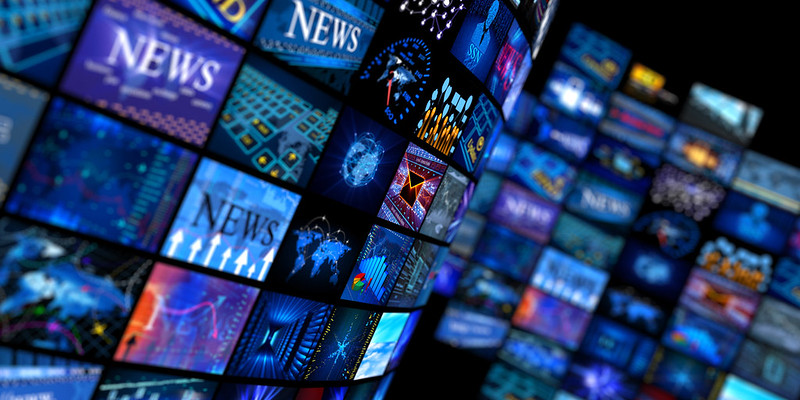Uses and Gratification
The theory suggests that media audiences play an active role in interpreting and integrating media into their own lives.
- Diversion-escape from everyday problems
- Personal relationship-substitution of media for companionship
- Personal identification-self understanding (finding yourself reflected in texts)
- Surveillance-using media to find out what is around us
Reception Theory by Stuart Hall
The theory suggest that when a producer constructs a text it is encoded with a meaning or message that the producer wishes to convey to the audience. In some instances audiences will correctly decode the message or meaning and understand what the producer was trying to say. In some instances the audience will either reject or fail to correctly understand the message.
Stuart Hall identified three types of audience readings (decoding) of the text:
- Dominant-Where the audience decodes the message as the producer wants them to do and broadly agrees with it
- Negotiated-Where the audience accepts ,rejects or refines elements of the text in light of previously held views
- Oppositional-Where the dominant meaning is recognised but rejected for cultural, political or ideological reasons
Neo-Marxist views of the media:
Mark believed that society was unequal. He saw two disparate groups of people: those with power and money and those without. He saw power as being related to the means of production. Neo-Marxist theories, applied to the media, see this manifested in terms of: those who create and control media texts producers and those that consume them audience.
A Marxist view would seethe fact that only a few companies produce the majority of the World's Media as negative. This is seen as 'Cultural Imperialism' in that these texts could offer a quite restricted and biased view of the world. If those who have the power to control the inherent ideological messages in the media present only a one-sided view of reality, this could have an adverse effect or influence on the audience.
Gramsci viewed these dominant ideological messages, encoded into all media texts, as helping to perpetuate the inequalities in society; he suggested that dominant ideological messages serve to maintain the dominant power position of the ruling class by causing those without power to accept their version of reality as 'the norm'. He called this hegemony. This is true of most social stereotypes. So the hegemonic representation is that which is dominant in society.
e.g. People who live on housing estates are less likely to do well at school and are less likely to get a good job.
People from the ruling classes have probably not had first-hand experience of people from housing estates so this view is 'received' . I f this view is represented as 'truth' in the media it will become 'reality' in most people's minds.




0 comments:
Post a Comment